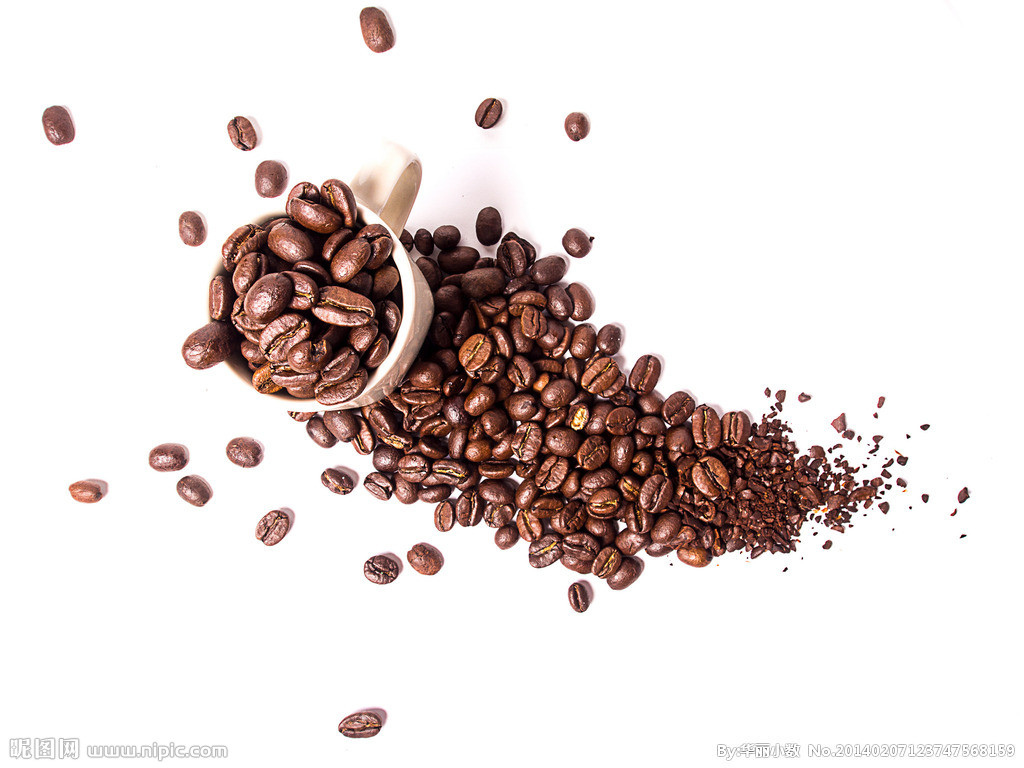Introduction to the flavor and taste characteristics of Colombian boutique coffee manor
In 1824, the Colombian and Peruvian coalition forces defeated the Spanish colonial army, and Peru gained independence. During the war with Bolivar's army in Peru, Santander took over as president and presided over the affairs of Colombia. Santander advocated the establishment of a federal regime and United local forces against Bolivar's political proposition of unity and unity. Factional struggles within the Colombian Congress and government have become increasingly acute.
In April 1826, the local rulers of Venezuela, headed by Pais, and those who opposed the new Granada, headed by Santander, demanded the establishment of a separate state. Through the mediation of Bolivar, separatist activities have been temporarily stopped, but internal contradictions and factional struggles still exist.
The Congress of Colombian National Representatives was held in Okania on May 8, 1828. There was a sharp conflict between the centralized faction led by Bolivar and the federalist faction represented by Santander. Since then, the divisive tendency in various places has become more and more obvious at the beginning of the 20th century, the Colombian economy has developed, coffee and oil production has increased, the textile and food industries have developed, and transportation has improved. In November 1903, the United States instigated Panama's independence from Colombia (see Panama's independence). At the same time, the United States and Britain invested heavily in Colombian oil, railways and coffee and banana plantations to plunder Colombia's wealth. After the outbreak of the capitalist world economic crisis in 1929, Colombia's exports of coffee and oil decreased, making people's lives even more difficult. In July 1930, the Communist Party of Colombia was founded. In the same year, E. Oraya Herrera was elected president (1930-1934).
After the Liberal Party returned to power, it implemented some reforms under the pressure of the people. a. During Lopez Pumareho's first reign, the Constitution was amended in 1936: defining the principle of separation of powers and implementing direct elections; abolishing the Catholic Church's monopoly on education; stipulating that workers have the right to strike and freedom to choose their careers; the government recognizes the ownership of farmers' occupation of private wasteland and stipulates the maximum working days and unemployment benefits for workers. During the second World War, due to the decrease in imports of industrial products and the increase in coffee exports, Colombia's industry and agriculture developed, the country's gold reserves increased, and the working class grew. After the outbreak of the Pacific War in December 1941, Colombia severed diplomatic relations with Japan and declared war on Germany in November 1943.
The main varieties of Colombian coffee are small grains of coffee. Plants are small trees or large shrubs, 5-8 m tall, usually much branched at base; old branches gray-white, nodes dilated, young branches glabrous, compressed. Leaves thinly leathery, ovate-lanceolate or lanceolate, 6-14 cm long and 3.5-5 cm wide, apex long acuminate, acuminate part 10-15 mm long, base cuneate or slightly obtuse, rarely rounded, entire or shallowly wavy, both surfaces glabrous, lower vein axils with or without small pores; midrib raised on both surfaces of leaf, 7-13 on each side of lateral veins; petiole 8-15 mm long Stipules broadly triangular, arising from the tip of the upper part of the young branch conical or awn tip, the tip of the old branch is often protruding tip, 3-6 mm long. Cymes are clustered in leaf axils, each with 2-5 flowers, without a total pedicel or with a very short peduncle; the pure flavor of fragrant Colombian coffee comes from Colombia's natural environment with the most favorable conditions for coffee growth. But beyond that, it is inseparable from the hard work of local growers. In Colombia, coffee cultivation has reached 1.07 million hectares, there are about 302000 coffee plantations in the country, and 30 to 40 per cent of the rural population depends directly on coffee production. Although there are many farms in Colombia, they are not large in area. The area of each farm is only about 2 hectares, and more than 80% of the coffee plantations have only about 5000 coffee trees, an average of 3000. Thus it can be seen that agriculture in Colombia belongs to the small-scale farm type. The locals plant tall trees or banana trees around the coffee trees. Build an Arbor for coffee trees at the seedling stage to ensure the cool and humid environment needed for coffee growth. Due to the high humidity, small temperature difference and slow ripening of coffee beans in the coffee forest, which is conducive to the accumulation of caffeine and aromatic substances, Colombian coffee has the best quality. Colombian coffee has more than 200 grades, and the region of coffee is very strong. Columbia beans take the SUPERMO as the highest grade, followed by the EXCELSO, but only selected coffee of more than 18 beans (18cm 64 inches in diameter) can be included in the selection. Colombian coffee has a balanced flavor and a smooth taste, just like a gentleman in coffee. It has a wide range of producing areas, but the coffee in the central mountain area is the best and has a thick texture. The most famous producing areas are medellin, armenia and manizales, which are commonly referred to as "mam". Yes, "Na Linglong Coffee" (narino) is delicious and of good quality. It is said that starbucks, which aims to sell selected coffee, has the exclusive right to buy "narino supermo" coffee beans, which are common in their chain stores.

Important Notice :
前街咖啡 FrontStreet Coffee has moved to new addredd:
FrontStreet Coffee Address: 315,Donghua East Road,GuangZhou
Tel:020 38364473
- Prev

Excellent taste balance of Salvadoran Himalayan coffee flavor, characteristics, taste
Sunshine 100Himalayas, located in Chongqing's most characteristic Nanbin Road and the confluence of the two rivers, occupies the billiard CBD center, and Jiefangbei CBD, Jiangbei mouth CBD together constitute the Chongqing CBD core. Settling in the Sunshine Himalayas means sitting on the golden triangle of Chongqing CBD! Secondly, the development and construction of Sunshine 100 Himalayas are invited to world-class teams, such as the world's top luxury.
- Next

Balinese Coffee Flavor
In 1862, in the resplendent Palace of Versailles, the Sun King Louis XIV sat dangerously, the priceless, legendary 67-carat blue diamond of hope on the crown, dazzling, and the aristocratic ministers present at the court were dressed in gold and silver. They are waiting for Ambassador Suleiman Ali Suleiman Ali from the distant and magical ancient countries of the East. The mission of Ambassador Ali's visit is to adopt
Related
- Detailed explanation of Jadeite planting Land in Panamanian Jadeite Manor introduction to the grading system of Jadeite competitive bidding, Red bid, Green bid and Rose Summer
- Story of Coffee planting in Brenka region of Costa Rica Stonehenge Manor anaerobic heavy honey treatment of flavor mouth
- What's on the barrel of Blue Mountain Coffee beans?
- Can American coffee also pull flowers? How to use hot American style to pull out a good-looking pattern?
- Can you make a cold extract with coffee beans? What is the right proportion for cold-extracted coffee formula?
- Indonesian PWN Gold Mandrine Coffee Origin Features Flavor How to Chong? Mandolin coffee is American.
- A brief introduction to the flavor characteristics of Brazilian yellow bourbon coffee beans
- What is the effect of different water quality on the flavor of cold-extracted coffee? What kind of water is best for brewing coffee?
- Why do you think of Rose Summer whenever you mention Panamanian coffee?
- Introduction to the characteristics of authentic blue mountain coffee bean producing areas? What is the CIB Coffee Authority in Jamaica?

